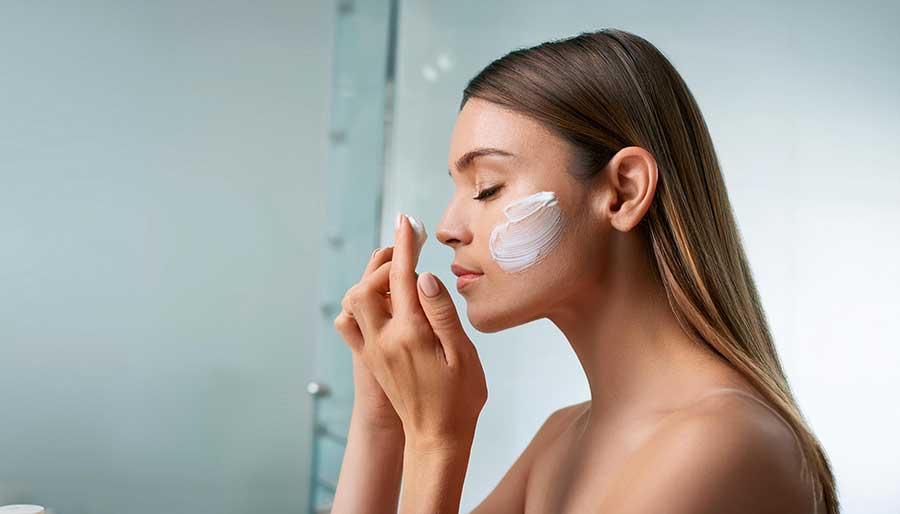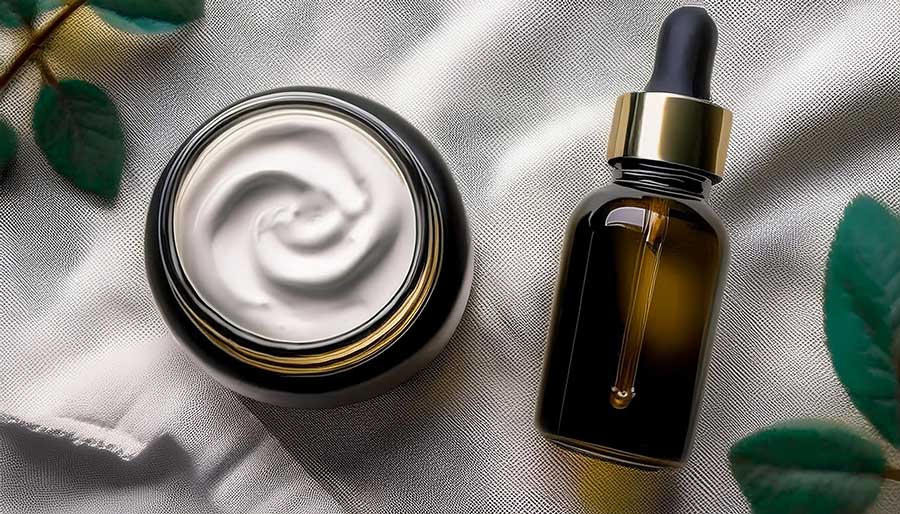
Layering Your Skincare
There are so many specialist skincare products on the market, all targeting different concerns that it can be hard to know how it all fits together on one face. From creams and lotions to serums and oils – not to mentions acids and peels. It can be hard to work out what to use and when in your skincare routine, which is why we thought we’d dig into the details of “layering”.
> Did you know there’s 9 main categories of skincare ingredients ? See our guide
> Hydration vs Moisturization – what’s the difference?
1. Let’s start with the basics. Is Layering Skincare Products effective?
Yes, for sure – layering skincare products can be very effective. The idea is to deliver multiple active ingredients to the skin, each targeting different concerns or delivering different benefits. When layered correctly, each product works in harmony to address specific skin needs, such as hydration, brightening, anti-aging, and protection.
2. Don’t You Just Wipe Away the First Product with the Second?
This is a common concern, but if applied properly, layering doesn’t mean wiping away the previous product. The key is to allow each product to fully absorb into the skin before applying the next one. For example, after applying a serum, give it a couple of minutes to penetrate before moving on to a moisturizer. This ensures that each layer gets a chance to work effectively without being diluted or removed by the next product.
3. Is There a Best Way to Do It?
The general rule of thumb for layering skincare is to apply products from the thinnest to the thickest consistency. This allows lighter products, like toners or essences, to be absorbed first, followed by heavier creams and oils, which lock in the benefits of the earlier layers. Here’s a common layering order:
- Cleanser: Start with a clean slate.
- Toner or Essence: Prepares the skin and adds an initial layer of hydration.
- Serum: Delivers concentrated active ingredients.
- Moisturizer: Locks in hydration and active ingredients.
- Sunscreen (AM): Protects the skin from UV damage (always the last step in the morning routine).
4. Are There Combinations You Should Avoid?
Yes, certain ingredient combinations can be irritating or counterproductive when layered together:
- Vitamin C and Retinol: Both are potent ingredients but can cause irritation when used together. It’s best to use Vitamin C in the morning and Retinol at night.
- AHAs/BHAs and Retinol: These exfoliants can make the skin more sensitive, and combining them with Retinol can increase the risk of irritation.
- Niacinamide and Vitamin C: While these ingredients are often debated, recent research suggests they can be used together. However, some may prefer to use them separately to avoid potential irritation.
- Heavy Oils Before Water-Based Products: Applying oils before lighter, water-based products can prevent proper absorption of the latter. It’s important to layer from lightest to heaviest.
A Last Word: Layering skincare products is effective when done thoughtfully, with consideration for the ingredients and their interaction. By allowing each layer to absorb properly and choosing compatible products, you can enhance the benefits of your skincare routine.
References
1. INCI – standardized and internationally accepted names used in the declaration of ingredients on cosmetic and personal care products.
2.FDA Gove – Cosmetic Ingredients Fact Sheet


